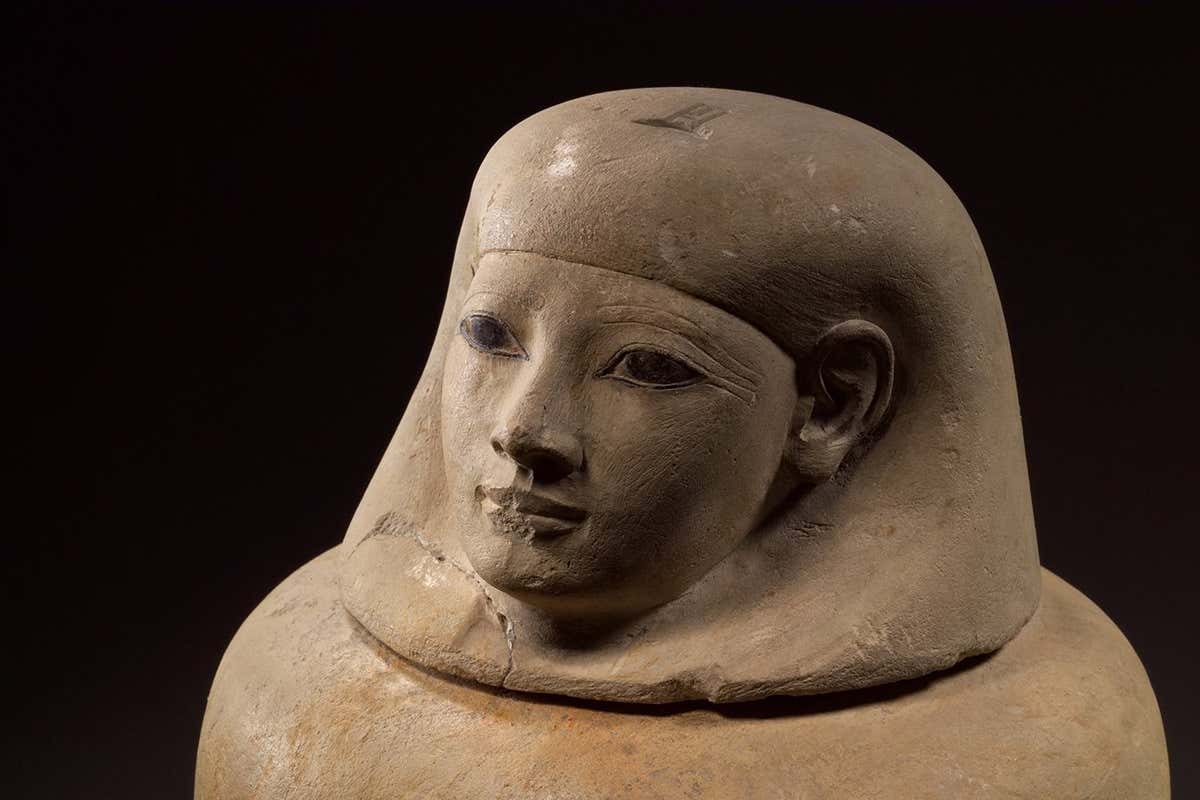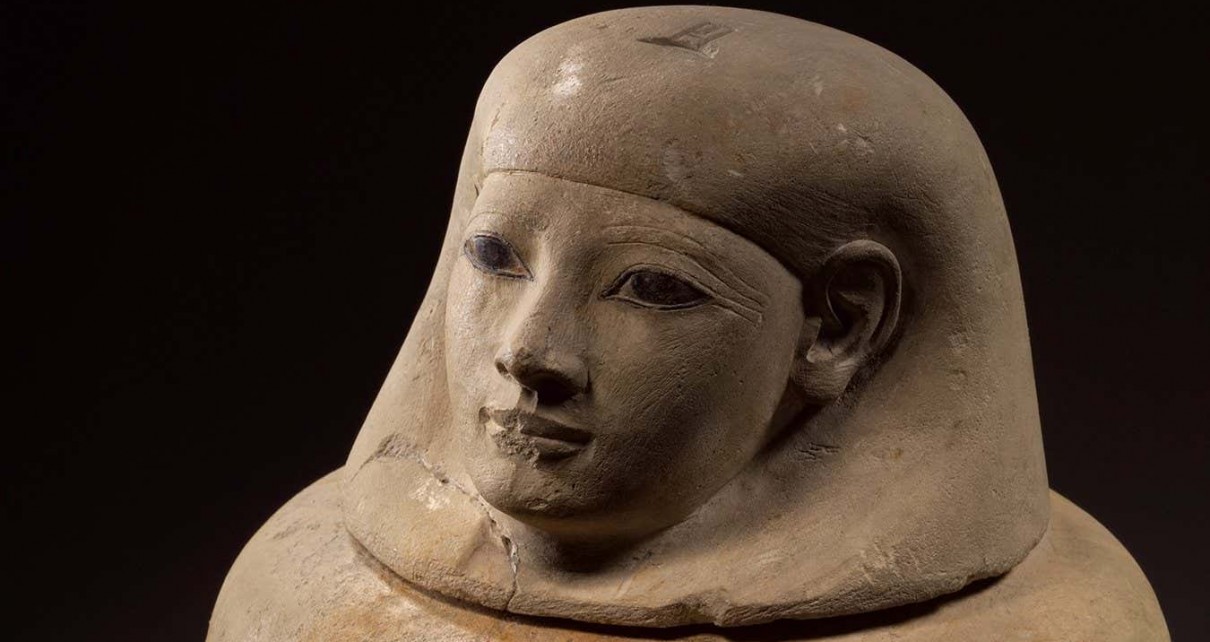[ad_1]

A limestone jar containing the remains of internal organs taken from the body of Senetnay, an ancient Egyptian woman
Christian Tepper/Museum August Kestner, Hannover
Eternity smells like a concoction of beeswax, bitumen, plant oil and tree resin. That’s according to researchers who have just analysed the ingredients used to embalm an ancient Egyptian noblewoman – Senetnay – who died about 3500 years ago.
Sniffing out the products used during mummification not only helps us better understand how the ancient Egyptians treated their dead, but also what trade routes they relied on to access unusual ingredients.
Senetnay is said to have nursed Amenhotep II, a pharaoh of ancient Egypt’s 18th dynasty – a dynasty that also included famous rulers Tutankhamun and Hatshepsut. Senetnay was buried in the Valley of the Kings near the ancient town of Thebes, the modern-day city of Luxor.
Barbara Huber at the Max Planck Institute of Geoanthropology in Germany and her colleagues used state-of-the-art analytical technology — such as gas chromatography-mass spectrometry — to unpack the chemical composition of the balm residue found in two of the jars that held Senetnay’s organs during the mummification process.
This is the most complex mummification balm found from this period in ancient Egyptian history, according to Huber, and the scent extracted from it is so sophisticated that she dubbed it “the scent of eternity”.
“The dominant smell, I would say, is like this strong pine-like woody scent of the conifers. But then it’s also a little bit intermingled with a sweeter undertone of the beeswax,” she says. “And then we have this kind of strong smoky scent of the bitumen. It’s a little bit like freshly laid tar on a street.”
But it’s the tree resins, specifically, that interested Huber’s team. Their analysis suggests the balm probably contained resin from larch trees. It may also have contained resin from pistachio trees, or perhaps a so-called dammar gum.
These three ingredients aren’t naturally found in Egypt, as larches and pistachios mainly grow in the northern Mediterranean, and dammar comes from trees that grow in South-East Asian forests. This suggests that ancient Egyptians were importing goods via far-reaching trade routes at an earlier date than researchers had previously thought. For instance, a study published earlier this year also found dammar in a mummification balm used in ancient Egypt, but Senetnay’s mummy predates that example by a thousand years.
“If the ingredients are what they say they are, it suggests a much more connected world than we might otherwise have thought,” says Sean Coughlin at the Czech Academy of Sciences, who was not involved in the study. “We might wonder what equipment, skills, and ideas would have traveled with them along the trade routes.”
Huber has unanswered questions about whether these balms were selected for specific reasons — perhaps because they work as antimicrobials or insecticides. She also wonders whether different organs were mummified using different balms, as her initial data suggests, and if this was an intentional choice that carried some significance.
“Data for embalming materials for the 18th dynasty are lacking, so this is a very welcome addition to the corpus of information,” says Kate Fulcher, who formerly analysed embalming material at the British Museum and was not involved in the study.
“We don’t know much, or anything really, about who conducted the ceremony and what was said,” Fulcher says. “This appears to have been secret or controlled knowledge and we don’t have any writing about it.”
Topics:
[ad_2]
Source link




